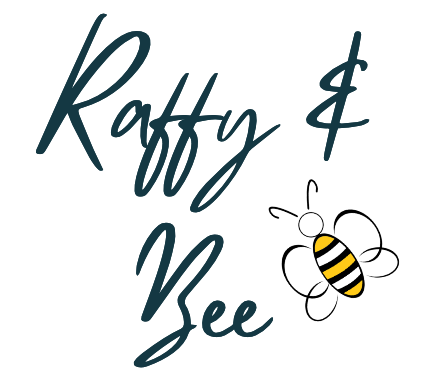The Evolution of No Needles Knitting Techniques: A Stitch in Time
Knitting is a popular craft that has been practiced for centuries. While it is a relaxing and enjoyable pastime for many, the process of knitting has undergone significant changes over time. One of the most significant changes in the world of knitting is the introduction of no needles knitting techniques.
These techniques have revolutionised knitting. They have made it more accessible to people who may have struggled with traditional needle-and-yarn methods. No needle knitting has become increasingly popular in recent years, thanks to its ease of use and versatility.
The history of no-needle knitting techniques is fascinating, with its origins dating back to the early 19th century. The first recorded instance of no-needle knitting was in the form of a machine invented by William Cotton in 1811. This machine used a hook instead of a needle to create knitted fabric. Over time, other no-needle techniques emerged, such as finger knitting and loom knitting.
In this blog post, we will delve deeper into the history of no needles knitting techniques. Techniques which have been around for centuries in various cultures around the world.
Let’s get into it!
Spool Knitting
Spool knitting is a technique that has been around for centuries. It is also known as Corking, French Knitting, or a Knitting Nancy. It involves a spool to create knitted items without the use of traditional needles.
Its origins can be traced to various cultures across the globe. Early examples of spool knitting have been found in ancient Egyptian artifacts. This suggests that this technique may have been practiced as far back as the Nile civilisation.
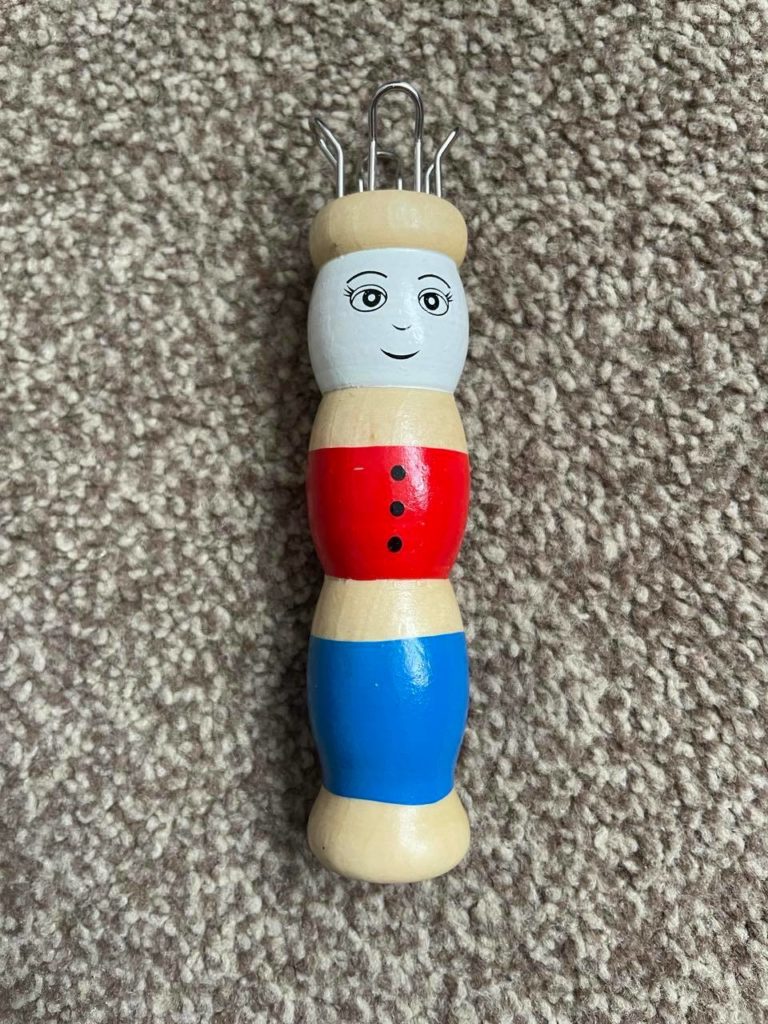
It also gained popularity in Europe during the 16th century, where it was used to create cords and trims for clothing and home decor. Spool knitting continued to evolve and adapt over the years, with different regions adding their own unique twists to the craft.
In the 19th and 20th centuries, it became a popular pastime for children. It has often been taught in schools as a simple and accessible form of knitting.
Today, spool knitting remains a beloved craft enjoyed by people of all ages. It is a great way of preserving a piece of textile history while allowing for creative expression through the art of knitting.
Spool knitters make i-cords which can be used for all manner of unique creations. I think it is a great way to keep an old tradition alive. Here is me using my wooden Knitting Nancy.
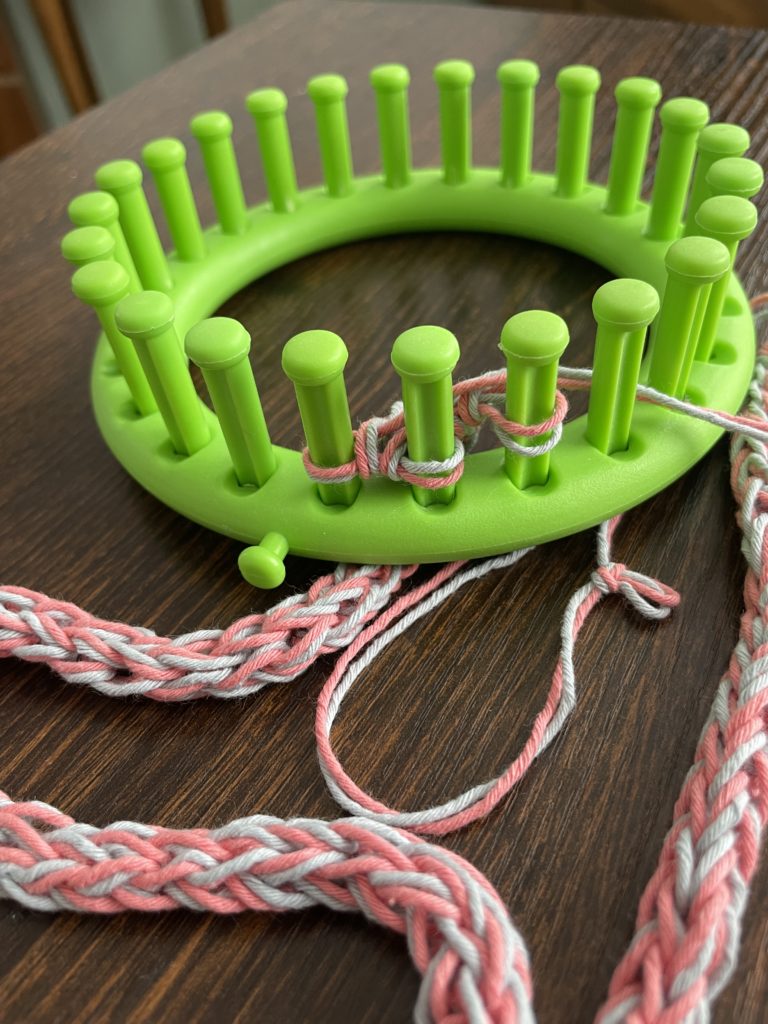
Loom knitting/Peg knitting
Loom knitting, a fascinating and accessible form of textile crafting, has a history that dates back centuries.
The concept of using a loom to create knitted fabric can be traced to the early days of weaving and textile production.
However, loom knitting as we know it today, using specialised knitting looms with pegs or pins, gained popularity in the 20th century.
More recently, loom knitting saw a resurgence in interest as crafters sought alternative methods for creating knitted items. This resurgence was marked by the development of various types of knitting looms, including –
- Small circular looms for making hats and socks
- Larger rectangular looms for blankets and scarves.
Loom knitting has continued to evolve, with new techniques and patterns emerging. These have made it an enjoyable and versatile craft for people of all ages and skill levels.
Today, it remains a beloved craft for those seeking a unique and accessible way to create beautiful knitted projects.
Loom knitting is great for making cowls, beanie hats, scarves, small bags, and even i-cords! It does take longer than other no needles knitting methods, but the stitches have a uniqueness about them that is hard to find elsewhere.
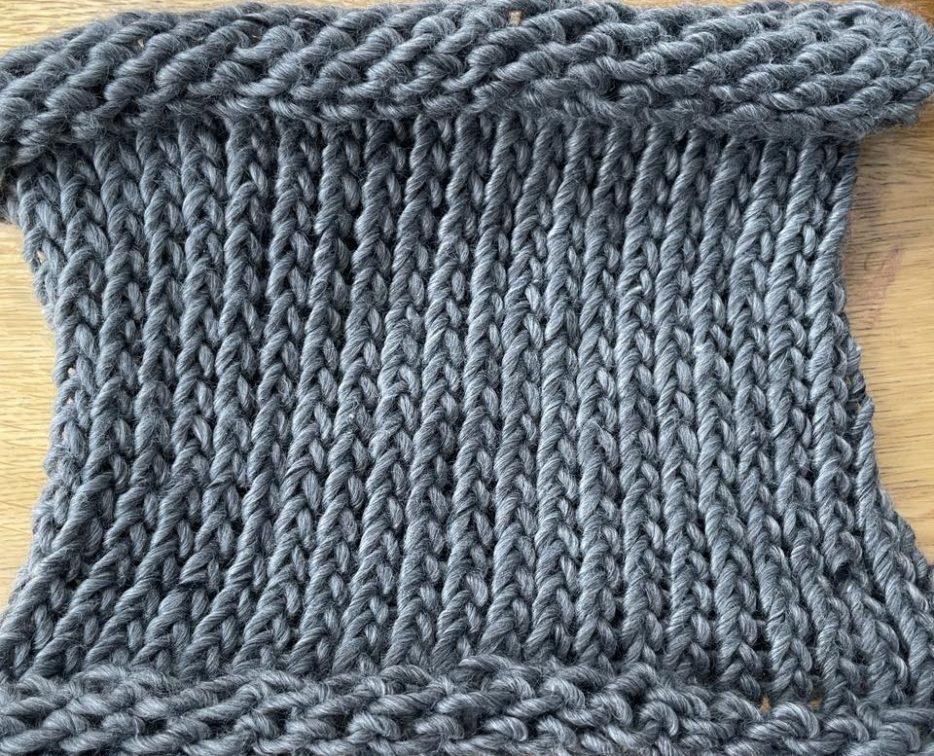
Lucet Fork Knitting
Lucet knitting, also known as cord making or braiding, is a traditional craft with origins that can be traced to medieval Europe.
Here, it was a popular method for creating strong and durable cords used in various applications such as accessories and household items.
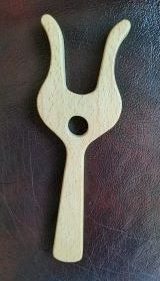
The lucet itself is a small handheld tool, typically made of wood or bone, with two prongs or horns. Craftsmen and craftswomen would use the lucet to loop and twist threads or yarns, creating intricate and tightly woven cords.
These cords were not only functional but also decorative, often featuring complex patterns and colours. Over time, the art of lucet knitting spread across different cultures and regions, adapting to various materials and purposes.
Today, lucet knitting remains a cherished craft, with enthusiasts preserving its rich history while exploring new creative possibilities. It is very easy to get into the flow with lucet knitting, as it has a very relaxing technique.
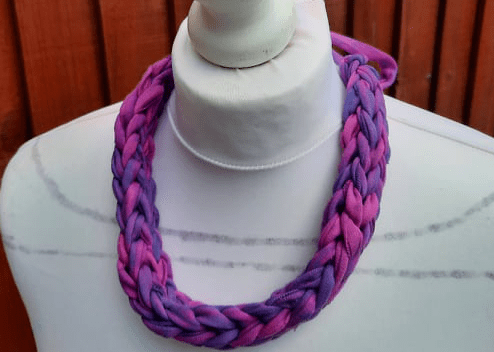
Finger Knitting: An Ancient Craft
Finger knitting is a traditional craft that has been enjoyed by people of various cultures for centuries.
Its exact origins are somewhat elusive, but it is believed to have been practiced independently in different parts of the world, including –
– Europe
– Africa
– The Americas.
It involves creating knitted fabric using just one’s fingers, without the need for needles or other tools. Historically, finger knitting was a practical skill, with individuals often producing items like scarves, blankets, and clothing to keep warm during cold seasons.
Over time, it has also served as a means of creative expression. People who finger knit incorporate colourful yarns and intricate patterns into their finger-knit projects.
In recent years, finger knitting has experienced a resurgence in popularity as a simple and accessible form of knitting, particularly for children and beginners. This popularity makes it a timeless and versatile craft with a rich history.
Circular Knitting Machines – Tubes Of Fun
Circular machine knitting, also known as circular knitting, has a rich history that dates back to the early 16th century. The origins of this innovative textile production technique can be traced to Europe, where craftsmen initially used hand-operated devices to create seamless, tubular fabrics.
However, it was in the 19th century that circular knitting underwent a significant transformation with the invention of the circular knitting machine.
The circular knitting machine automated and streamlined the process, allowing for the mass production of knitted textiles with greater speed and efficiency. This development played a pivotal role in the industrialisation of the textile industry, leading to the widespread availability of knitted garments and fabrics.
Individuals today use more basic mechanical circular knitting machines but the idea is still the same. I make hats, scarves, neck warmers and ear warmers on mine.
They come in numerous sizes, from small 22 peg machines to large 48 peg machines.
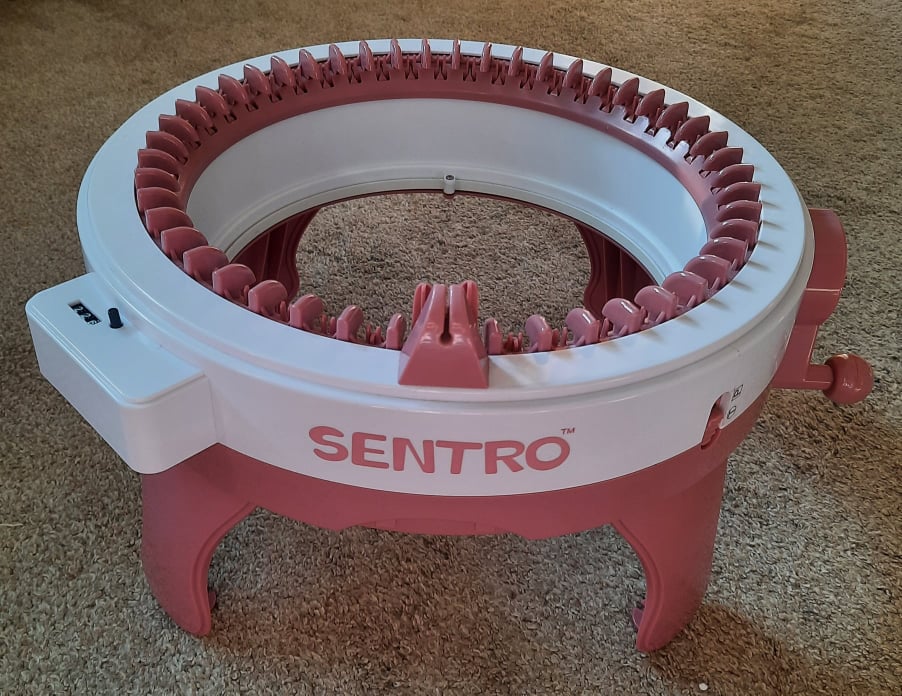
Modern techniques and applications today
In recent years, no needles knitting techniques have undergone a renaissance, with modern techniques and applications that have revolutionised the craft.
One of the most notable techniques is arm knitting, which involves using your arms as the needles to create oversized and chunky knits.
This technique has become incredibly popular due to its ease and speed, allowing even beginners to create impressive projects in a short amount of time.
To sum up
To sum up, the history of no-needle knitting techniques has been a fascinating journey that has evolved over centuries. From the use of fingers and hands to create intricate patterns to the invention of knitting machines, the art of knitting has undergone significant changes.
Today, modern technology has led to the development of innovative no-needle knitting techniques, such as loom knitting and arm knitting, that have made it easier for people to create beautiful knitted pieces without the need for traditional needles.
As we continue to push the boundaries of what’s possible with this ancient craft, it’s exciting to see what new techniques and methods will emerge in the future.
If you have enjoyed this blog post, follow me for more no needles knitting inspiration!
